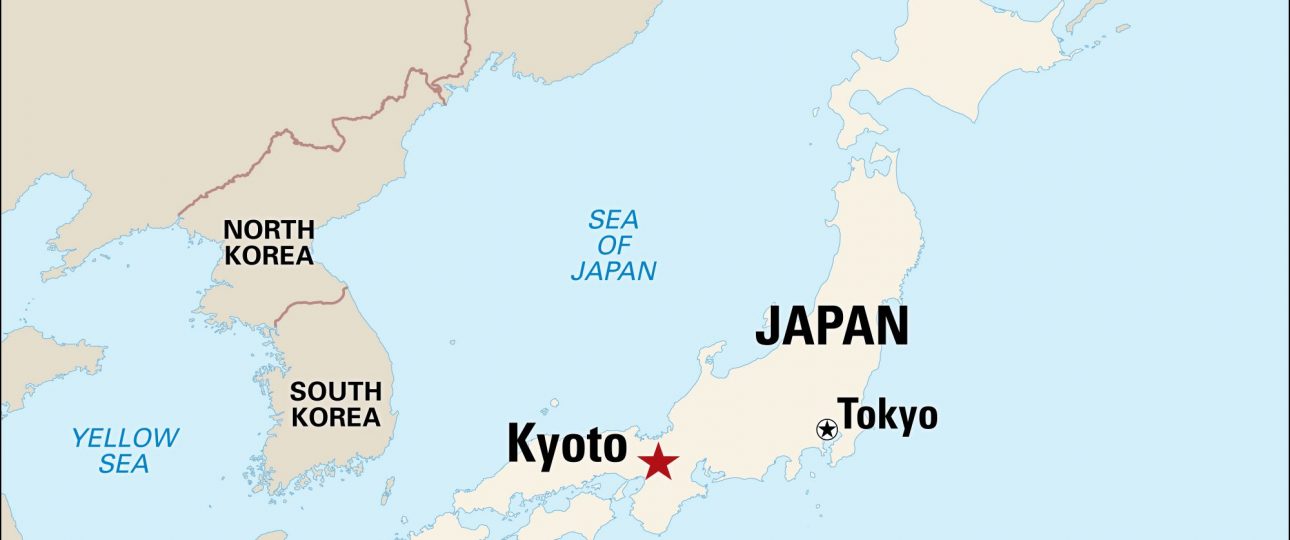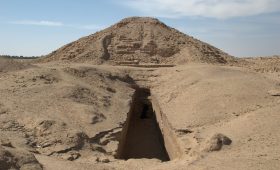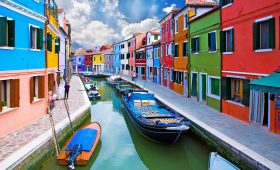Kyoto: A Journey Through Time and Tradition
Kyoto, once the capital of Japan from 794 to 1868, is a city where history and modernity coexist. Located in the Kansai region of Western Honshu, Kyoto is renowned for its well-preserved temples, shrines, and traditional wooden townhouses known as machiya. Despite modernization, the city retains much of its prewar architecture, offering a glimpse into Japan’s past.
Historical Significance
Kyoto’s historical importance is unmatched. As the former seat of the Emperor, it was the epicenter of Japanese culture, tradition, and religion for over a millennium. The city is home to numerous UNESCO World Heritage Sites, such as Kinkaku-ji (the Golden Pavilion), Ginkaku-ji (the Silver Pavilion), and Kiyomizu-dera. These sites offer a window into the grandeur of Kyoto’s past and are essential visits for any history enthusiast.
Seasonal Beauty
Kyoto’s climate showcases distinct seasons, each offering its own unique charm. Spring brings cherry blossoms, painting the city in soft pink hues, while autumn transforms it with vibrant foliage. Summers are hot and humid, with a rainy season from mid-June to July, and winters are cold but generally snow-free. Each season provides a different perspective of the city’s beauty.
Getting to Kyoto
While Kyoto does not have its own international airport, it is easily accessible from nearby airports. Most international travelers fly into Kansai International Airport in Osaka or Itami Airport and then take a train or bus to Kyoto. The city is also reachable by train from Tokyo via the Tokaido Shinkansen, offering a fast and scenic journey.
Local Transportation
Kyoto’s public transportation system is efficient and convenient. The city is well-served by buses and trains, making it easy to explore its attractions. Consider purchasing a Kyoto City Bus Pass or a Kyoto Sightseeing Card for unlimited rides and cost savings during your visit.
Notable Attractions
Fushimi Inari Shrine
The Fushimi Inari Shrine is famous for its thousands of red torii gates that create a mesmerizing path through the forested trails. A visit here offers a spiritual and visually stunning experience, with the gates stretching as far as the eye can see.
Arashiyama Bamboo Grove
Walking through the Arashiyama Bamboo Grove feels like stepping into another world. The towering bamboo stalks create a serene and otherworldly atmosphere, perfect for a peaceful stroll away from the city’s hustle and bustle.
Gion District
For a taste of traditional Kyoto, visit the Gion District. Known for its well-preserved wooden machiya houses and teahouses, Gion is the place to spot geisha and maiko in their vibrant kimonos. A walk along Hanamikoji Street offers a glimpse into Kyoto’s historical charm.
Best Time to Visit
The ideal time to visit Kyoto depends on your preferences. Spring (March to May) and autumn (September to November) are popular for their stunning natural displays, but they also attract large crowds. For a quieter experience, consider visiting in winter or summer, keeping in mind the potential for rain and humidity in the latter.
Kyoto is a city that offers a rich tapestry of history, culture, and natural beauty. Whether you’re drawn by its historical sites, seasonal landscapes, or traditional charm, Kyoto promises an unforgettable experience. Plan your visit with these insights in mind, and let the city’s timeless allure captivate you.




